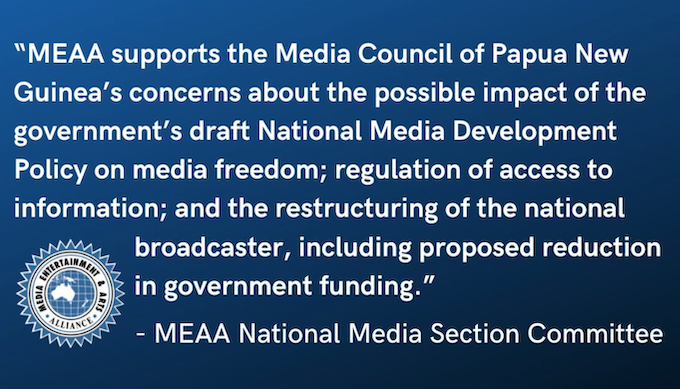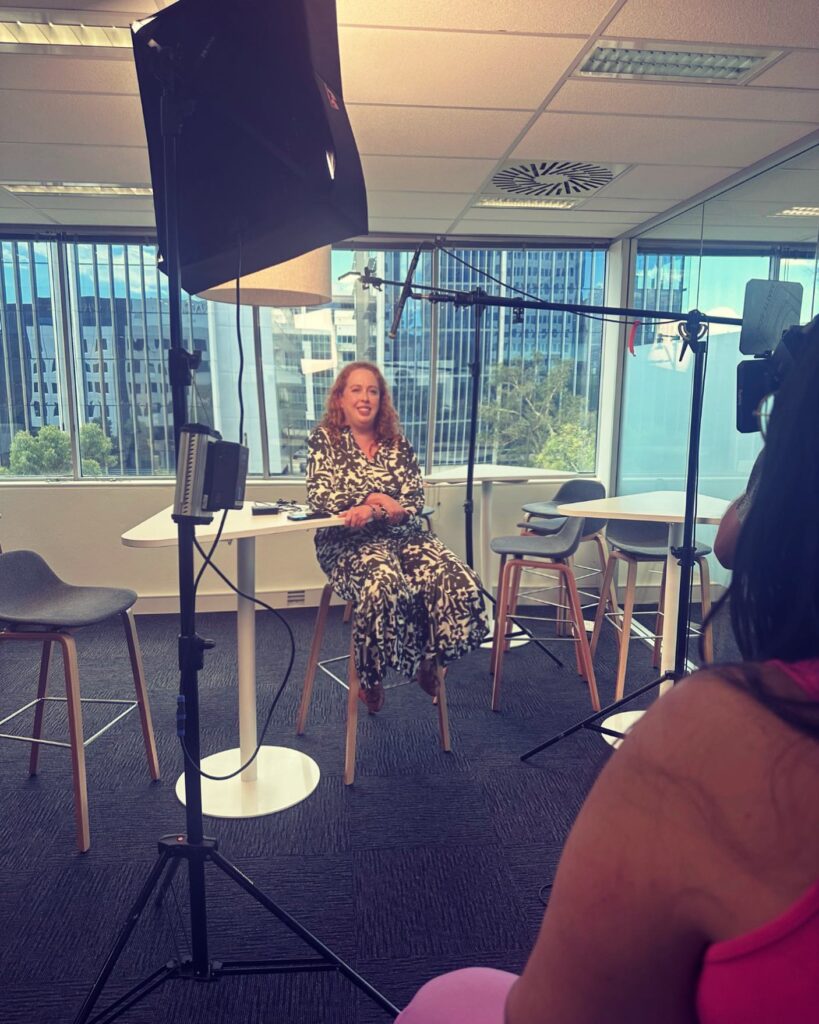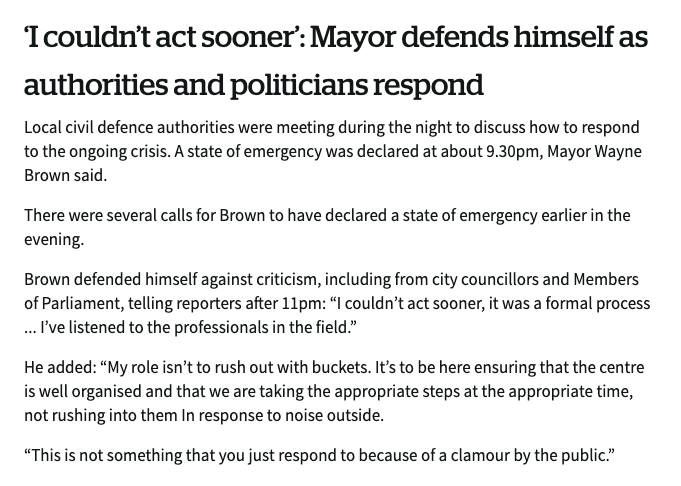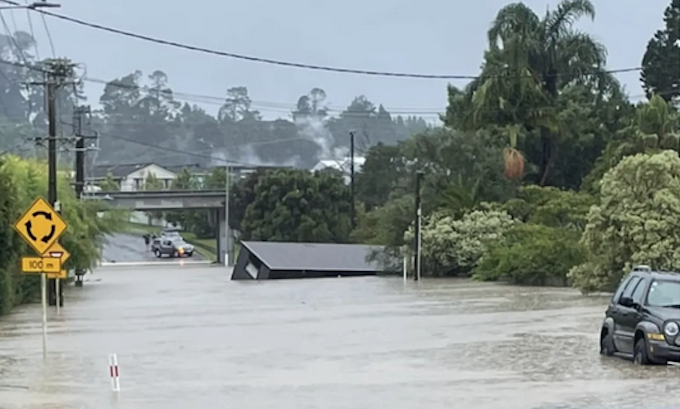By John Mitchell in Suva
In any true democracy, the role of journalists and the media outlets they represent is to inform the people so that they can make educated and well-informed choices.
The role of politicians is to represent those who elected them.
They are to make decisions that best serve the public interest and to ensure that the concerns of citizens are heard, considered, and, where appropriate, acted upon.
In such a political system, the journalist and the politician must both serve the people but in peculiarly differing ways.
Journalists act on behalf of citizens by exploring and covering issues that concern the people and in doing so they include a diversity of voices and political opinions that offer different viewpoints and opinions.
The bottom line of their job is ensuring that politicians do their job transparently, with accountability and through better public service delivery.
In the end, journalism enhances, encourages meaningful dialogue and debate in society.
On the other hand, politicians use the media to reach the masses, make them understand their policies and through this — get acceptance and approval from the public.
Politicians love media spotlight
Politicians naturally love the media spotlight for without reporters nobody knows their policies and their good deeds, no matter how grand they may be.
Politicians love talking to reporters so they can get publicity.
Reporters like politicians too because they provide them with stories — there goes the long story of the symbiotic relationship between the press and powerful members of the legislature.
What a perfect relationship.
Absolutely wrong!
Some say the relationship is one of “love and hate” and always hangs in the balance.
This liaison of sorts is more than meets the eye and the truth is simple.
Like the legislature, the media has a prominent and permanent place in national leadership and governance (known as the Fourth Estate).
Critical components of democracy
Both are critical components of a democracy.
Because of their democratic mandate, the media and politicians cannot be fulltime bedfellows.
And as the saying goes, they will have their moments.
However, in past years The Fiji Times has always been seen as the “enemy of the state”.
This had nothing to do with the media’s work as a watchdog of society or the Fourth Estate, but rather with the way in which the former government muzzled the media and created an environment of fear through draconian media laws that stifled freedom of expression and constricted media freedom.
Simply put, a newspaper and any truly independent media outlet must be fair and in being fair, its content must reflect the rich diversity of views and opinions that exists in the public sphere, as well as the aspirations, fears and concerns of the varied groups that exist in the community.
Experts, academics or anyone outside of government is welcomed to use this forum of information exchange, dissemination and sharing.
Politicians, if they have nothing to hide, can use it too, provided what they have to say is honest, sincere and accurate.
Listening to pluralistic ‘voices’
A responsible government deliberately chooses to listen attentively to pluralistic “voices” in the media although these expressions may put it in an uncomfortable position.
A responsible government also explores avenues in which valid ideas could be propagated to improve its own practices and achieve its intended outcome.
In other words, a newspaper exists to, among other reasons, communicate and amplify issues of concern faced by citizens.
This includes voicing citizens’ complaints over any laxity in government’s service delivery, especially people in rural areas who often do not enjoy the public services that we so often take for granted in towns and cities.
So whenever, people use the mainstream media to raise concerns over poor roads, water, garbage disposal, education and inferior health services, the public does so with the genuine yearning for assistance and intervention from government.
And in providing this platform for exchange, the media achieves its democratic goal of getting authorities to effectively respond to taxpayers’ needs, keep their development promises and deliver according to their election manifestos.
Remember, a responsible newspaper or media does not exist to act as government’s mouthpiece.
Retaining media independence
If media outlets give up their independence and allow themselves to be used by politicians for political parties’ own political agenda and gains, then citizens who rely on the media as an instrument for meaningful dialogue, discussion and discourse will be denied their participatory space and expressive rights.
A responsible and autonomous newspaper like The Fiji Times does not exist to make government feel good.
For if this ever occurs, this newspaper will compromise its ability to provide the necessary oversight on government powers and actions, without which, abuse of power and corruption thrive to the detriment of ordinary citizens.
If media organisations and journalists who work for them operate in the way they should, then for obvious reasons, all politicians in government will “sometimes” find the media “upsetting” and “meddlesome”.
Copping the flak from ministers and those in positions of authority is part and parcel of the media’s work.
It is a healthy sign that democracy works.
This newspaper was instrumental in calling on the SVT (Soqosoqo Vakavulewa ni Taukei) government and its then prime minister, Sitiveni Rabuka, (now Fiji’s Prime Minister again under the People’s Alliance Party-PAP/National Federation Party (NFP) and Sodelpa coalition) to account for the enormous financial loss which caused the collapse of the National Bank of Fiji in the 1990s.
Our pages can prove that.
This newspaper also scrutinised many of the policies of the coalition government under the leadership of Mahendra Chaudhry and Laisenia Qarase, during whose time, this newspaper was the common foe.
Our pages can prove that.
Last government ‘vindictive, authoritarian’
But no government was as vindictive and authoritarian as the last government.
Today, early in the days of the PAP/NFP and Sodelpa coalition government, we are seeing the good old days of media freedom slowly coming back.
We can now doorstop the Prime Minister and call the Attorney-General at 9pm for a comment and get an answer.
The openness with which ministers talk to the press is encouraging.
We hope things stay that way and the government accepts that we will sometimes put out stories that it finds positive and there will be times when we will make its life difficult and uneasy.
At the end of the day, it is the people that we both work hard to serve.
Sometimes we will step on some people’s toes, be blamed for provoking disquiet and seem unpopular among powerful politicians.
That is to be expected and embraced.
Safeguarding press freedom
But we will continue to play a prominent role in safeguarding the freedom of the press so that all Fijians can enjoy their own rights and freedoms.
With the best intentions, our journalists will continue to forge forward with their pursuit of truth and human dignity, regardless of the political party in power.
As we rebuild Fiji and regain what many people think we’ve lost in 16 years, this newspaper will play a pivotal role in allowing government to reach the people so that they make informed choices about their lives.
We must face it — Fiji is heavily in debt, many families are struggling, the health system is in a poor state, thousands are trapped in poverty and the most vulnerable members of society are hanging in the balance, taking one day at a time.
It is in this environment of uncertainty that the media and politicians must operate in for the common good.
And as a responsible newspaper, we will listen to all Fijians and provide a safe space to express their voices.
That is our mandate and our promise.
John Mitchell is a senior Fiji Times feature writer who writes a weekly column, “Behind The News”. Republished with permission.




 More on this story:
More on this story:  Radar time lapse of the Auckland rain since yesterday morning
Radar time lapse of the Auckland rain since yesterday morning Look closely at the north-to-south line of torrential rain between 5-9pm directly over the city
Look closely at the north-to-south line of torrential rain between 5-9pm directly over the city Normally features like this move on relatively quickly, but not in this case, which was what made it so extreme
Normally features like this move on relatively quickly, but not in this case, which was what made it so extreme 









 (@EricFrohnhoefer)
(@EricFrohnhoefer)